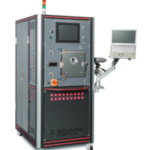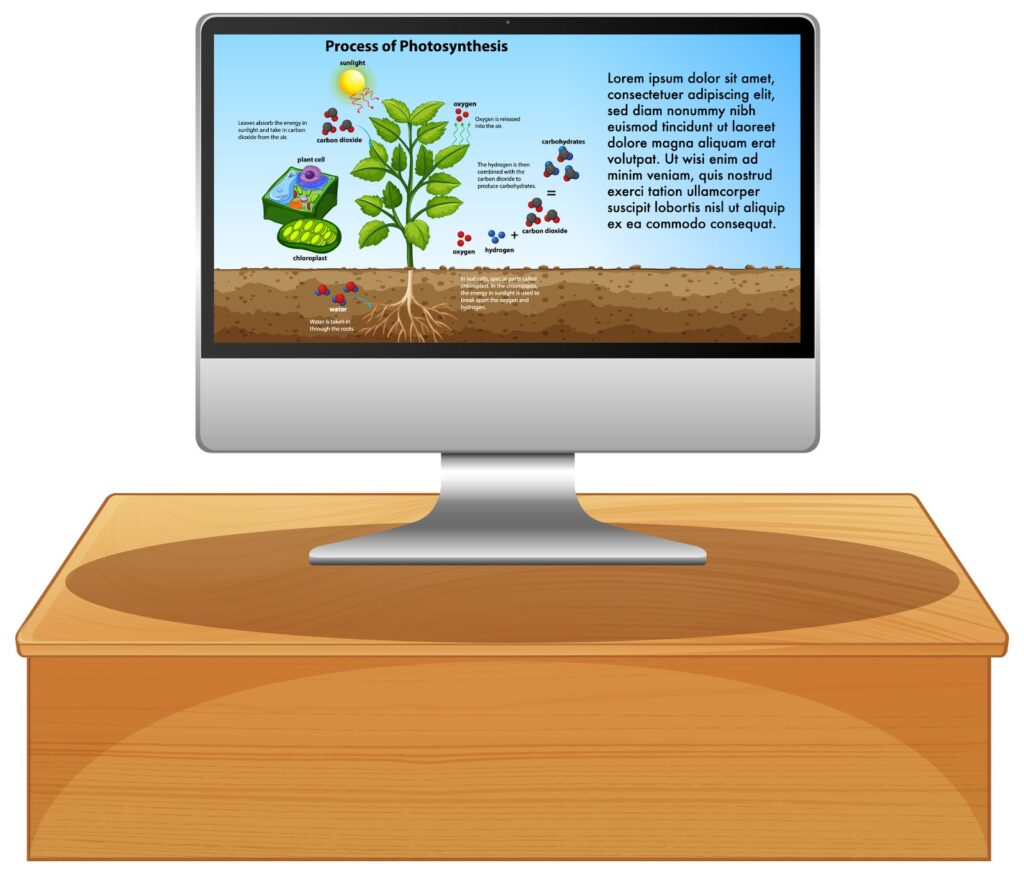
You have probably heard of the word, “photosynthesis”.
It’s widely known for the conversion operation performed by plants, as they convert carbon dioxide into oxygen.
Actually, the latest technology is advancing to perform that photosynthesis ‘artificially’, called ‘artificial photosynthesis’.
In this article, we will therefore focus on artificial photosynthesis, explaining its principles, what it is used for and what the expectations and challenges are for the future.
Learn about ‘artificial photosynthesis’, which may be the key to solving the fuel problem, a step ahead of the public.
Contents
- 1 Artificial photosynthesis is a technology that converts solar energy into chemical energy.
- 2 Mechanism of artificial photosynthesis
- 3 Benefits of artificial photosynthesis: high potential for alternative energy sources.
- 4 Energy conversion efficiency problems.
- 5 Creating organic compounds is also a problem.
- 6 Column : Why not solar power?
- 7 Summary
Artificial photosynthesis is a technology that converts solar energy into chemical energy.

In simple terms, artificial photosynthesis is a technology for artificial photosynthesis. In more detail, it’s the technology “converts and stores solar energy into chemical energy”.
As many of you know, photosynthesis is the process by which plants convert water and carbon dioxide into starch and oxygen under sunlight.
Artificial photosynthesis successfully splits water and carbon dioxide into ‘formic acid’ and oxygen.
It is also possible to separate water into ‘hydrogen’ and ‘oxygen’.
A promising area for the future of artificial photosynthesis is the possibility of creating methanol. If methanol can be produced by artificial photosynthesis, the fuel problem is likely to be solved at once.
Mechanism of artificial photosynthesis
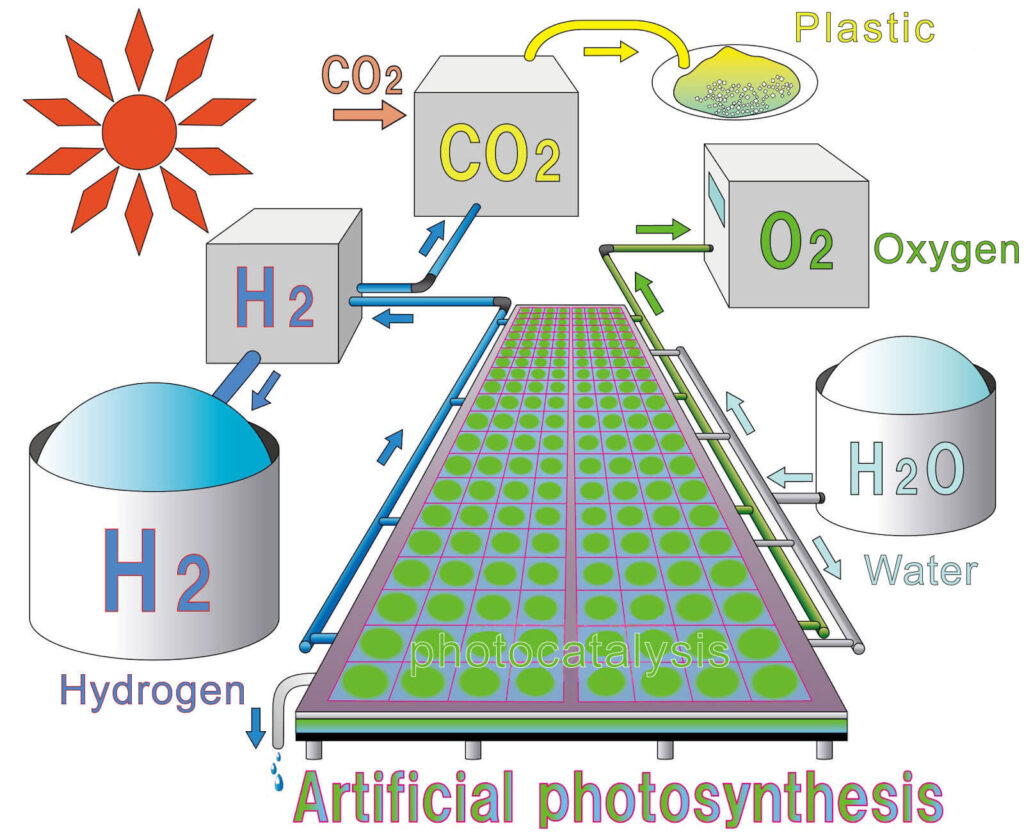
Artificial photosynthesis is carried out using photocatalysis.
A catalyst is a substance used to accelerate certain chemical reactions; photocatalysis uses light energy. Simply put, this catalyst replaces the “plant” in natural photosynthesis.
Three materials – water, carbon dioxide and sunlight – are exposed to the photocatalyst, which produces formic acid and oxygen.
So what are the benefits of artificial photosynthesis?
Benefits of artificial photosynthesis: high potential for alternative energy sources.
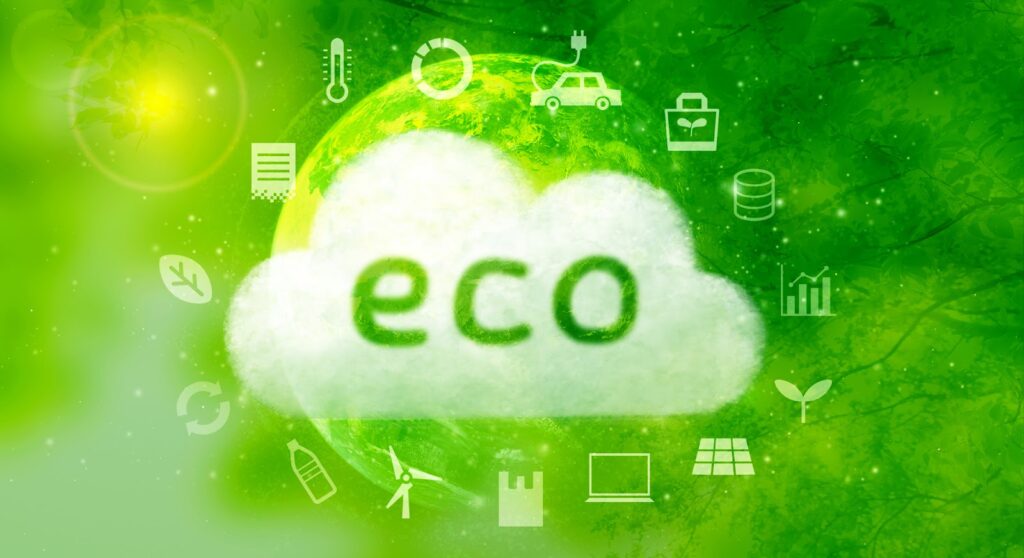
The main advantage of artificial photosynthesis is that it is likely to be the key to solving the energy problem. Expectations are held high as one of the decarburization technologies.
Global warming has been a hot topic for more than a decade.
Alternative energy sources have been explored, and ‘artificial photosynthesis’ is expected to be one goal.
Formic acid fuel cells are also being developed using ‘formic acid’ produced by artificial photosynthesis.
The JTEKT Corporation, a member of the Toyota Group, has unveiled a ’50 W’ or so ‘direct formic acid fuel cell’ demonstration unit. With 50 W, you can use it for ‘fan’, ‘LCD TV’ or ‘charge a laptop’.
There are two main problems with artificial photosynthesis
There are two main problems with artificial photosynthesis.
- Energy conversion efficiency problems.
- Producing organic compounds.
Energy conversion efficiency problems.

Energy conversion efficiency is an indicator of the extent to which the energy obtained by a conversion method is practical (i.e. usable by humans).
Solar conversion efficiency is as follows.
| Conversion method | Solar conversion efficiency |
|---|---|
| Plants (sugarcane) | about 2.2% |
| Artificial photosynthesis (Toyota) | about 4.6% |
| solar power generation | about 15% |
Many companies are now looking at artificial photosynthesis, and the fact that ‘Toyota’ has introduced it has become a major talking point.
Creating organic compounds is also a problem.

The artificial production of organic compounds such as ‘fuel’ and ‘coal’ is also said to be a future challenge. In particular, if ‘hydrogen’ and ‘carbon monoxide’ can be produced, they can be converted into various forms of energy.
Let’s look at hydrogen and carbon monoxide and how far along they are.
Hydrogen
It is easy to break them down by electrolysis, but this consumes ‘electrical energy’.
If we can do this decomposition solely by ‘artificial photosynthesis’, we can use the non-consumed energy like ‘solar energy’.
Only if appropriate photocatalyst can be found, hydrogen can be produced with just three elements: sunlight, water and photocatalytic powder.
carbon monoxide
Research is also being conducted into the production of ‘carbon monoxide’ from ‘carbon dioxide’.
We have easy access to carbon dioxide but it’s too stable and requires a great deal of energy to convert.
Although not yet at a practical level, methods for producing carbon monoxide from carbon dioxide have been established, and it is being considered whether it will be possible to create ‘artificial petroleum’ in the future.
Column : Why not solar power?
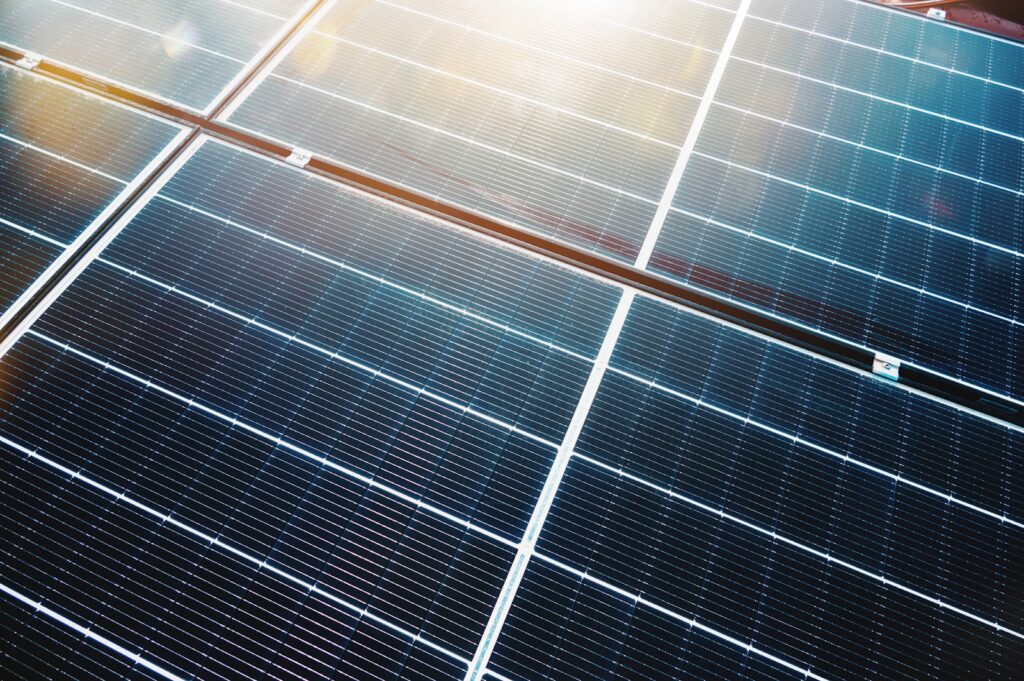
Solar power can also produce ‘electricity’ as energy, but it requires ‘storage batteries’ to accumulate the electricity, making it a difficult energy to handle from a conservation perspective.
Artificial photosynthesis can produce a chemical material lik formic acid, which is relatively easy to store and handle.
Summary
In this article, we talked about ‘artificial photosynthesis’.
The key points of this article are as follows
- Artificial photosynthesis is a technology that uses solar energy to extract chemical energy.
- Artificial photosynthesis uses a ‘photocatalyst’ to extract ‘formic acid’ and ‘oxygen’ from water, carbon dioxide and sunlight.
- Water can also be divided into ‘hydrogen’ and ‘oxygen’.
- Artificial photosynthesis is likely to be the key to solving the energy problem.
- The two challenges for artificial photosynthesis are energy conversion efficiency and the ability to produce organic compounds.
If you have any problems with research into artificial photosynthesis, we at Suga may be able to help you. Please feel free to contact us for further information.

